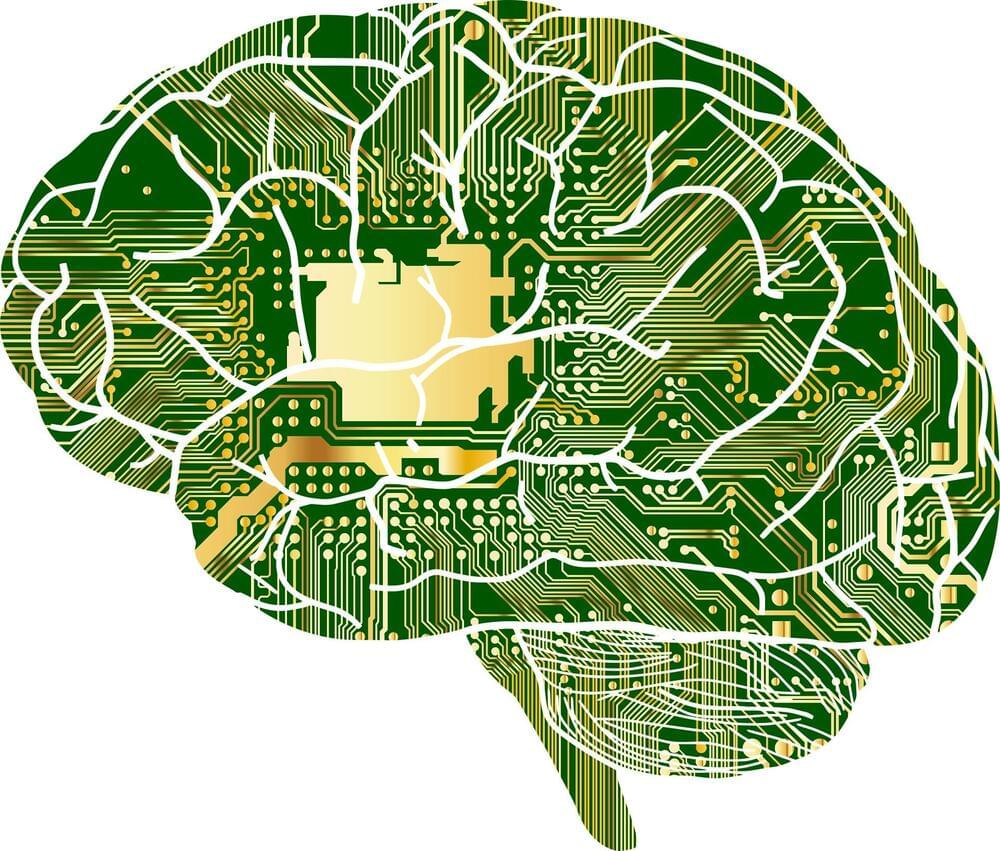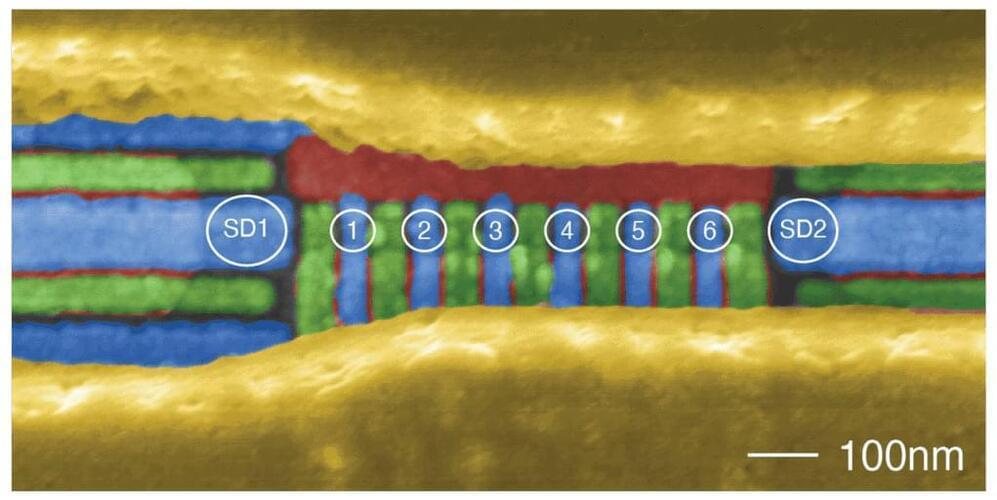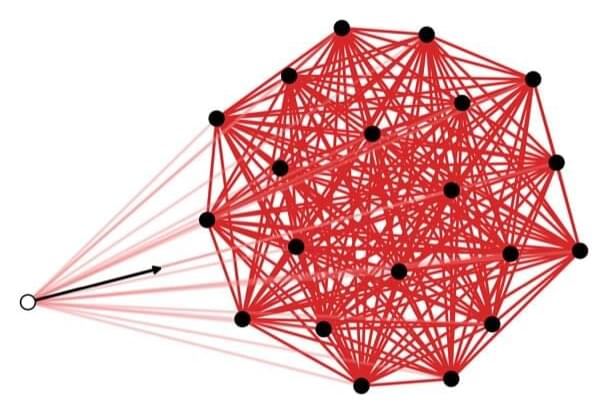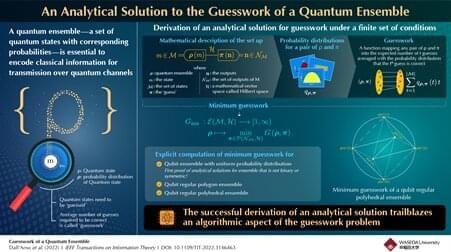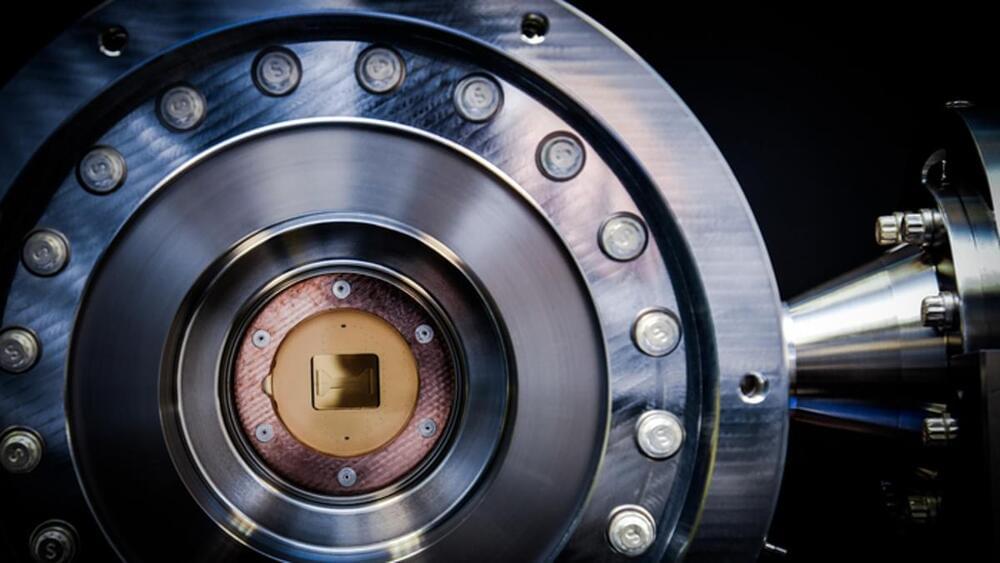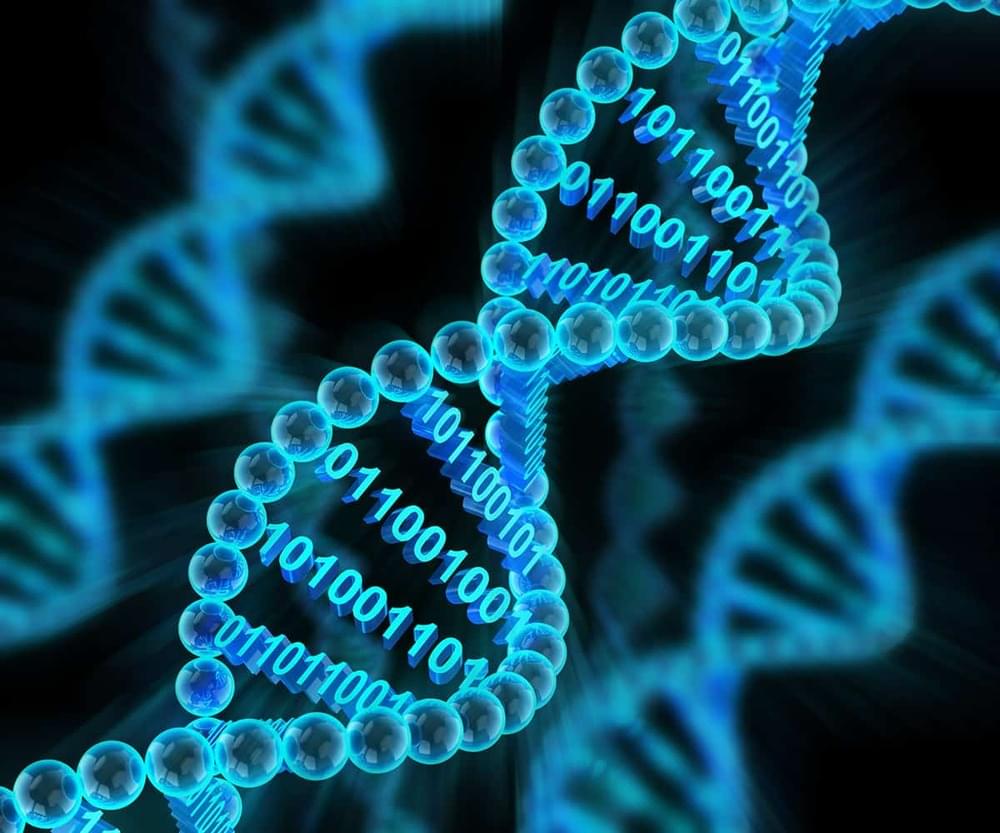Quantum physics is strange. At least, it is strange to us, because the rules of the quantum world, which govern the way the world works at the level of atoms and subatomic particles (the behavior of light and matter, as the renowned physicist Richard Feynman put it), are not the rules that we are familiar with — the rules of what we call “common sense.”
The quantum rules, which were mostly established by the end of the 1920s, seem to be telling us that a cat can be both alive and dead at the same time, while a particle can be in two places at once. But to the great distress of many physicists, let alone ordinary mortals, nobody (then or since) has been able to come up with a common-sense explanation of what is going on. More thoughtful physicists have sought solace in other ways, to be sure, namely coming up with a variety of more or less desperate remedies to “explain” what is going on in the quantum world.
These remedies, the quanta of solace, are called “interpretations.” At the level of the equations, none of these interpretations is better than any other, although the interpreters and their followers will each tell you that their own favored interpretation is the one true faith, and all those who follow other faiths are heretics. On the other hand, none of the interpretations is worse than any of the others, mathematically speaking. Most probably, this means that we are missing something. One day, a glorious new description of the world may be discovered that makes all the same predictions as present-day quantum theory, but also makes sense. Well, at least we can hope.
